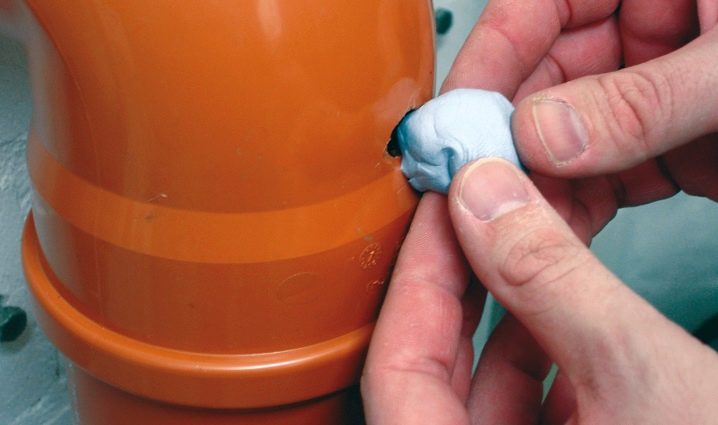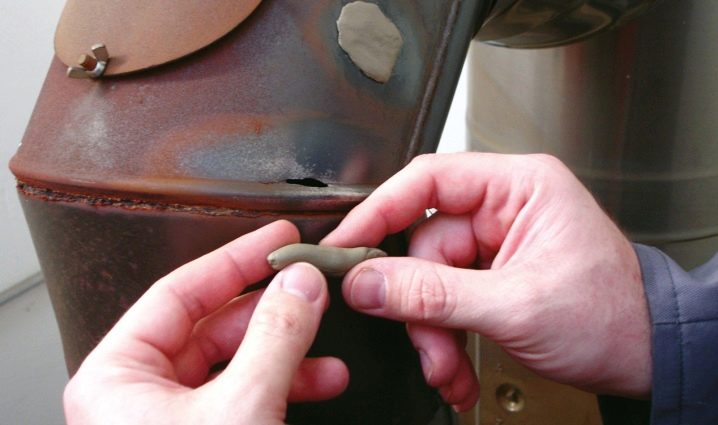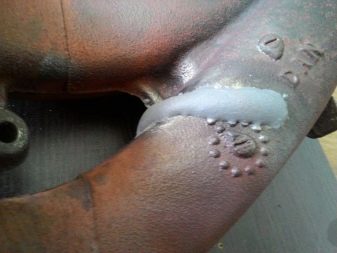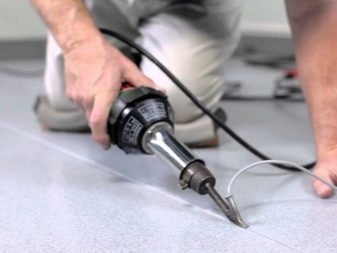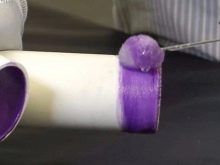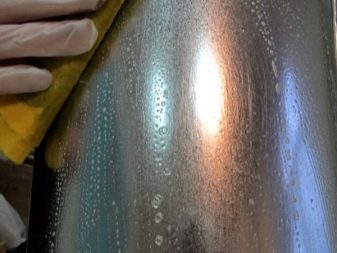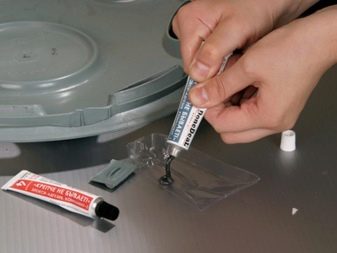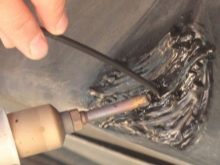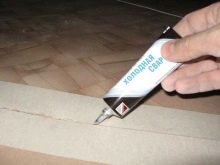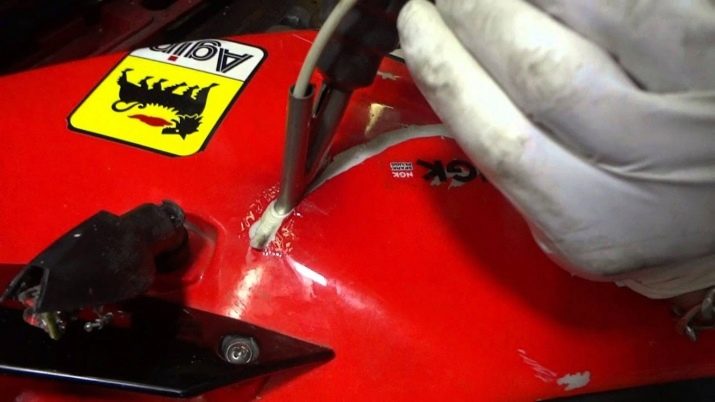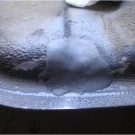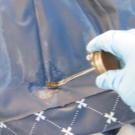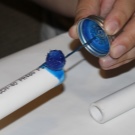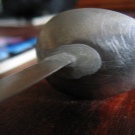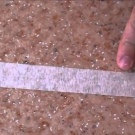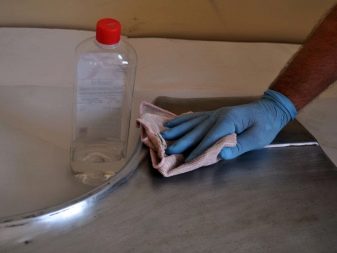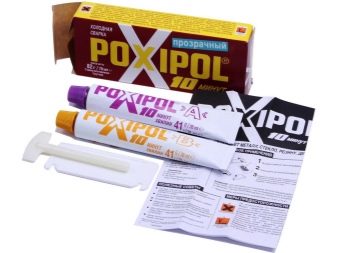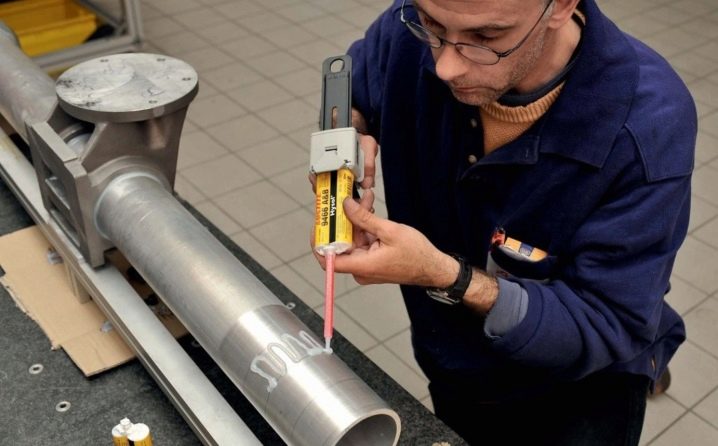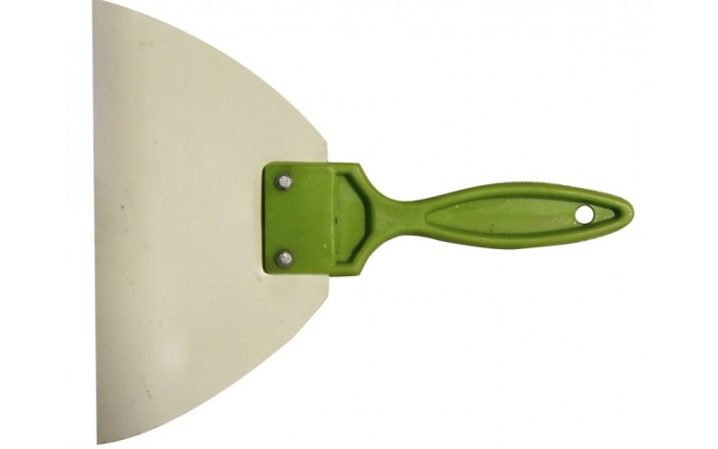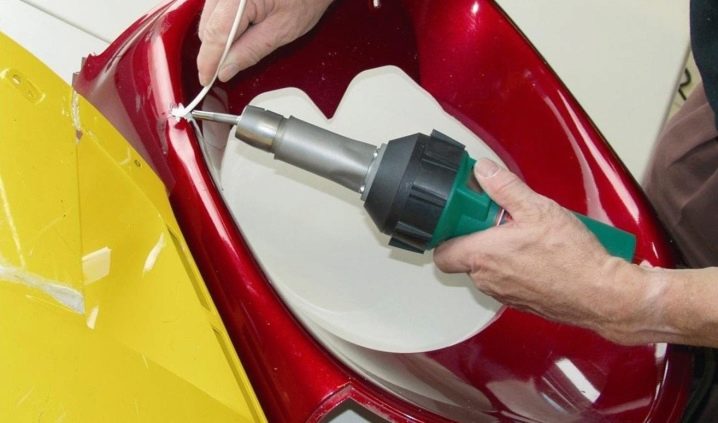Poxipol Cold Weld: Pros and Cons
Poxipol cold welding, produced by the Uruguayan company of the same name, is a popular adhesive and is well known in the domestic market of household chemicals. The composition is widely used for bonding various surfaces in the domestic environment and has a high consumer demand.
Specifications
Cold welding Poxipol is a two-component epoxy adhesive that has a pasty consistency and does not contain a solvent. The maximum cutting force of the joint is not less than 993 H with an average shear stress of 2.2 MPa, a tensile stress of 5.4 MPa and a shear test of 237 H. The initial setting time is one hour, and full hardening occurs after a day. The solution remains plastic for 10 minutes after application, which allows, if necessary, correct the correct location of the connected parts.The release form of the product is represented by two tubes with a volume of 14 to 70 ml, the contents of which are mixed immediately before use in a 1: 1 ratio.
A distinctive feature of the use of cold welding is the absence of the need to use a press. and strong pressing of the glued surfaces. To ensure a reliable connection, it is sufficient not to subject the parts to vibration and leave them at rest for a specified time. Works with glued surface in the form of grinding, drilling and other mechanical effects can be carried out a day after installation. Another feature of the composition is its ability to freeze in conditions of high humidity, including under water.
Advantages and disadvantages
The demand for cold welding Poxipol and A large number of positive reviews are due to a number of indisputable advantages of the material.
- The versatility of the tool lies in the possibility of gluing together materials of different structure and density.
- Ease of use and availability of material. The composition can be purchased at any building or hardware store, which makes it even more popular among consumers.
- The possibility of forming a layer of any thickness is due to the stability of the composition to deformation and preservation of the original volume after drying.
- Due to its thick consistency, the composition is excellent for working on vertical surfaces.
- The absence of solvents in the glue composition allows the composition to be used in residential premises in the presence of children and animals.
- Resistance to water provides the ability to use glue in rooms with high humidity. The tool can be used with moderate exposure to sulfuric and hydrochloric acids, gasoline and toluene.
- The material does not leave traces after drying, which allows you to glue objects without fear of the appearance of stains and stains.
The disadvantages of cold welding Poxipol include a low melting pointcomponent 120 degrees, which significantly limits the scope of the adhesive. There is a small package for models Poxipol 00266 and 00267, which has a volume of 14 ml, as well as a long time of complete drying of the product. Low resistance to tearing eliminates the use of glue for work with parts that are subject to vibration and shock.The disadvantages include the need for thorough preparation of working surfaces with the obligatory degreasing and dedusting of parts.
Application area
Cold welding Poxipol is widely used at home. With its help you can glue together any surface, as well as restore the integrity of the containers and planes. Means well fixes metal, plastic, rubber, glass, wood and concrete in any combinations, and can also be used to repair automotive parts, furniture, toys, dishes and water pipes.
Glue is well proven when sealing tanks and gas tanks, and also at repair of accessories of doors. The material can be used for exterior work and used in conditions of negative temperatures. The tool is widely used to restore damaged ceramics and for gluing decorative objects. In repair and construction works, Poxipol is used to strengthen ceramic tiles, and in car repair shops it is used for filling wings and bumpers. Glue effectively eliminates holes in metal sheets, suitable for repairing boats, mirrors and concrete floors.
Instruction
Before you begin to glue the parts, you must carefully prepare the work surfaces. This requires the removal of mechanical debris, as well as the washing and degreasing of elements using a special solvent. It is necessary to combine the contents of the packages in equal parts and carefully mix the composition. Mixing time is usually 10 minutes. The resulting mass should be homogeneous and free from lumps. When mixing the components, the temperature of the resulting mixture increases significantly.
Then you should apply the resulting product on one of the surfaces and press the parts together tightly. To eliminate leaks in tanks, apply glue to the hole or crack and leave it at rest until completely dry. It is possible to adjust the location of the parts within 10 minutes after applying the mixture, and it is recommended to use the glued thing a day after installation.
When using Poxipol cold welding, the following precautions should be observed:
- it is necessary to exclude hit of means for skin and mucous membranes;
- when contacting the skin of the hands with uncured glue, wash the contaminated area with soap and water,and then rinse with warm running water;
- if allergic reactions occur, it is recommended to consult a doctor;
- after complete drying the product does not pose a danger to human health;
- When buying cold welding, you should pay attention to the expiration date, since the use of expired formulations is prohibited.
Tips
Strict compliance with the rules of use and following simple recommendations will help to quickly and reliably glue together any surfaces and extend the service life of damaged objects.
- Leveling the mixture after application should be carried out with a rubber spatula or a knife moistened with water.
- If the mass is poorly squeezed out, you can slightly heat the tube.
- If the material is partially used and there is a residual amount of glue for the next use, it is not recommended to replace the tube caps in some places.
- Prepare the mixture on an easily cleaned plate.
- It should be remembered that the surface of Teflon, polypropylene and polyethylene Poxipol does not stick together.
- To connect complex surfaces on each of the parts must first apply a thin layer of contact adhesive that does not contain toluene.This applies to steel, bronze, copper and chrome products. Work with cold welding can begin after the auxiliary composition is completely dry.
- When gluing smooth, non-porous elements, it is recommended to clean the working areas with sandpaper or fine emery paper. This will increase the adhesive properties of materials and ensure their reliable connection.
- It should be borne in mind that the composition becomes transparent only 10 minutes after application. The volume and shape of the layer does not change.
- The recommended temperature for cold welding is 20–25 degrees. A higher temperature reduces the full drying time, a lower one increases it.
Poxipol cold welding will help to quickly repair any product, maintain a presentable appearance and ensure high reliability of the connection.
You will learn more about working with Poxipol cold welding by watching the following video.

